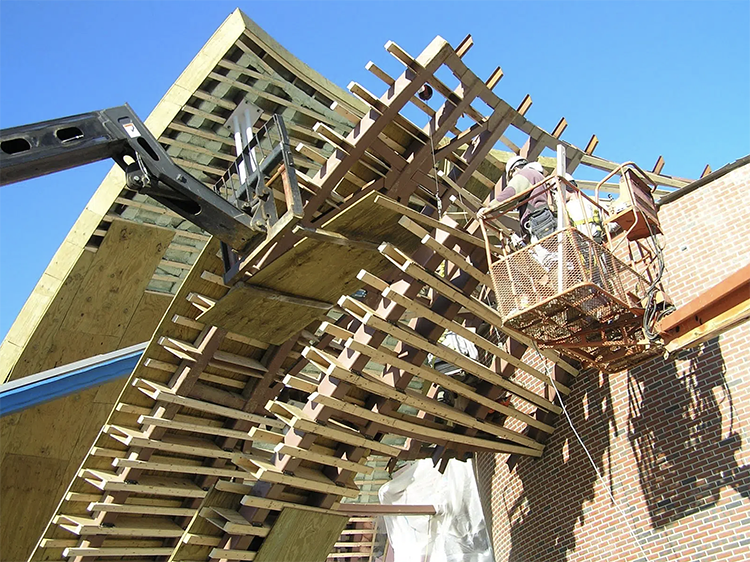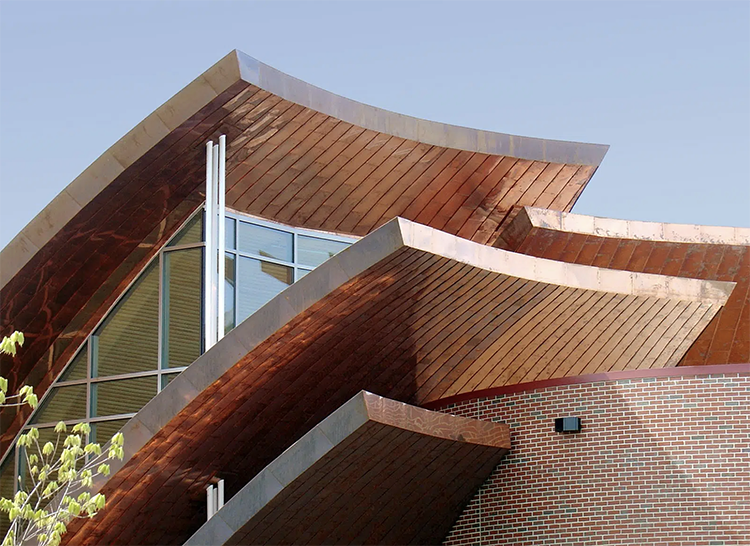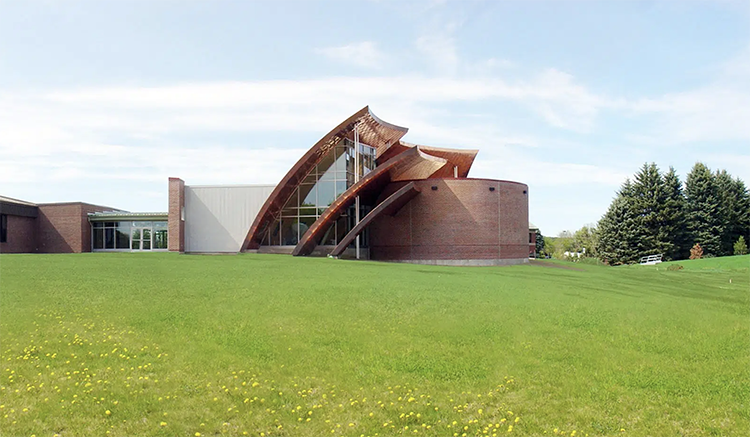
History of the HHRC
Our Founder and Permanent Home
Gerda Haas, HHRC Founder
The Holocaust and Human Rights Center of Maine was founded by Gerda Haas, Holocaust survivor
and author of Tracking the Holocaust and These I Do Remember: Fragments from the Holocaust. In April 1985, following the Yom HaShoah (Holocaust Day of Remembrance) service at the Blaine House in Augusta, the Holocaust and Human Rights Center announced its official birth, with Gerda Haas as founder. The HHRC presented programs for schools and its annual summer seminar for teachers. In the mid-1990s, the HHRC published and distributed The Spirit that Moved Us, a three volume resource guide for teaching about diversity, prejudice, human rights, and the Holocaust. In addition to educational work, staff and volunteers at conducted a series of interviews with Holocaust survivors in Maine which are still available to read or listen to. The HHRC continues the legacy created by Gerda Haas through educational programming and teacher training. And the Michael Klahr Center displays significant archives, audio testimony and portraits of survivors, and rotating exhibits by Maine artists. It also offers ample spaces for cultural events, community gatherings, performances, and classes.
Building the Michael Klahr Center
In October 2005, the HHRC broke ground on its permanent home, the Michael Klahr Center, a Maine architectural highlight on the UMaine campus at Augusta. HHRC opened its doors to the public in May 2008. HHRC sponsored an international architectural design competition and selected Boston architectural firm Shepley Bulfinch from 123 submissions for the new center. Shepley Bulfinch’s design featured a cylindrical, brick theater as a centerpiece for the building. In the theater, a multimedia installation tells stories of Holocaust survivors told in their own words. Around this focal point, petal structures rise from the ground. By suggesting the blooming petals of a flower, the design reminds visitors of the rebirth of freedom and human rights after the horrors of the Holocaust and World War II. The 3,000 sq ft building offers classroom space, administrative offices, an atrium for exhibits and gatherings, and the multi-purpose amphitheater. Photos courtesy of Simpson Gumpertz & Heger (SGH). The Michael Klahr Center has become a cultural destination. Learn more here.





